After installing Office apps, you can set up your G Suite Gmail in Outlook. First, sign in to the Google Admin console and confirm your settings.
Note: Links to Google content are provided as a convenience and can change location without notice.
Confirm settings in the Google Admin console
-
In the Google Admin console, go to Apps > G Suite.
-
Make sure Calendar, Directory, Drive and Docs, and Gmail have a Service Status of ON for everyone.
-
In Apps > G Suite > Settings for Gmail > Advanced settings, make sure Enable G Suite Sync for Microsoft Outlook is selected.
-
On the Google Admin Security page, make sure Enable API access is selected.
-
In Apps > G Suite > Settings for Directory, make sure Enable contact sharing is selected.
-
In Apps > G Suite > Settings for Drive and Docs, make sure Allow users to access Google Drive with the Drive SDK API is selected.
Install G Suite Sync for Microsoft Outlook
-
On the Install GSSMO page, expand I'm installing GSSMO myself. Select GSSMO download page.
-
On the G Suite download page, choose Download G Suite Sync, choose Run, and then choose Yes to allow the app to make changes.
-
When installation has finished, choose Close.
-
In the Google sign-in dialog box, sign in to Google G Suite Sync with your G Suite credentials, and then choose Continue.
-
Select your account, and then choose Allow.
-
Under Create a G Suite profile in Microsoft Outlook, leave the Import data from an existing profile check box cleared, and then choose Create profile.
-
On the setup confirmation page, choose Start Microsoft Outlook.
-
On the Microsoft 365 confirmation page, choose Accept and start Outlook.
-
After your contacts, calendar, and email have synchronized with Outlook, choose Close.
Before you can set up G Suite Gmail in Outlook, first sign in to the Google Admin console and confirm a few settings.
In G Suite, make sure Calendar, Directory, Drive and Docs, and Gmail are ON for everyone.
In Gmail Advanced settings, make sure Enable G Suite Sync for Microsoft Outlook is selected.
Then, under Security, make sure Enable API access is selected.
In Directory settings, make sure Enable contact sharing is selected.
And finally, under Drive and Docs settings, make sure Allow users to access Google Drive with the Drive SDK API is selected.
Now you're ready to install G Suite Sync for Microsoft Outlook.
On the Install GSSMO page, expand I'm installing GSSMO myself. Select GSSMO download page. Select Download G Suite Sync. Choose Run. Choose Yes to allow the app to make changes. Wait for the download and installation to finish. Choose Close.
Sign in to Google G Suite Sync using your G Suite credentials, then Continue. Select your account. Scroll down and select Allow.
Leave the Import data from an existing profile unchecked, because you're not going to import date into this account. Choose Create profile. Select Start Microsoft Outlook. Then, Accept and start Outlook.
You see your contacts, calendar, and email synchronize with Outlook. When it finishes, choose Close. You can now see your email, calendar, and contacts if you have them.
You're ready to start using G Suite Gmail in Outlook while your company migrates to Microsoft 365.










